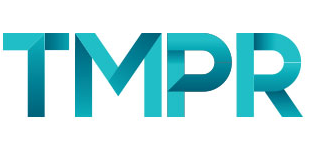The Independent: 1st Digital-Only Newspaper
The Independent is set to cease trading as a print edition from March, making the move to “digital only”, a decision that will see many of the current editorial team made redundant, while there will also be 25 new “digital content roles’ made available.
While the news shook both the journalism and PR world, the closure of some of the UK’s best-known print titles is a move which we have seen emerging since newspaper houses try to grapple with the popularity of free news sources online versus their declining sales of print editions.
The notion that “print is dead” is a term that has been bandied around for some time, it’s something I heard almost a decade ago when working with a client who worked in the print industry, way before the likes of the Mail Online grew to the global phenomena it has now become (over 13m people on average read it daily). We have gradually witnessed the end of some of the biggest ‘lads’ magazines including Nuts, Zoo and FHM. All of which were staples of the lad culture back in the 90s, resigned to print heaven.
We have seen The Times adopt a paywall model since 2010, and The Sun follow suit in 2013, before scrapping it in 2015 back to providing free online content. We are even hearing rumours that the Guardian may be trialling paid-for-content that only members can access, although the Chief Exec says, “it’s not a paywall”. These latest rumours have surfaced after news that the Guardian needs to make £54m a year in cuts in order to simply break even, proof that somewhere along the line, something has got to give.
To me it seems like even the global newspaper houses still aren’t sure how to play the decline in print sales while still making a profit from online, and I can see their struggle. We have rapidly moved from a world that relies on the News at Ten and the morning paper to keep us informed, to an information hungry society that demands real-time news, 24/7.
The volume of content on news websites is extraordinary, and the ability of today’s journalists to create a news story from a 140-character celebrity tweet is commendable if not a slightly sad sign of the times. However, from what I can see, the paywalls have shown that consumers are reluctant to pay for accessing this content. News stories are breaking around us at all times and journalists need to be paid, ultimately it seems the publishing houses are in a bit of a pickle.
While I can offer no solutions (sorry about that) I think that it will be interesting to see how the industry continues to develop certainly over the next year. Perhaps the Guardian is onto something with a membership-model, only time will tell.
